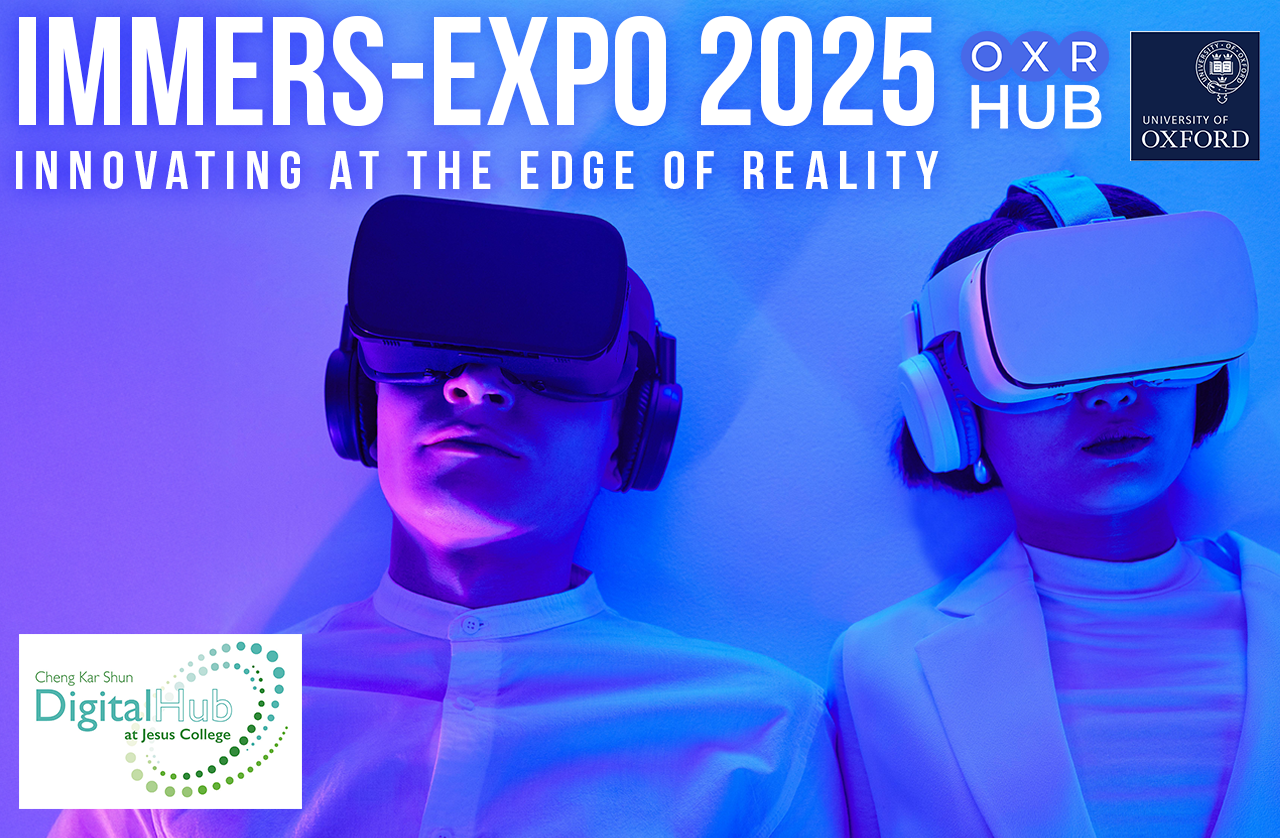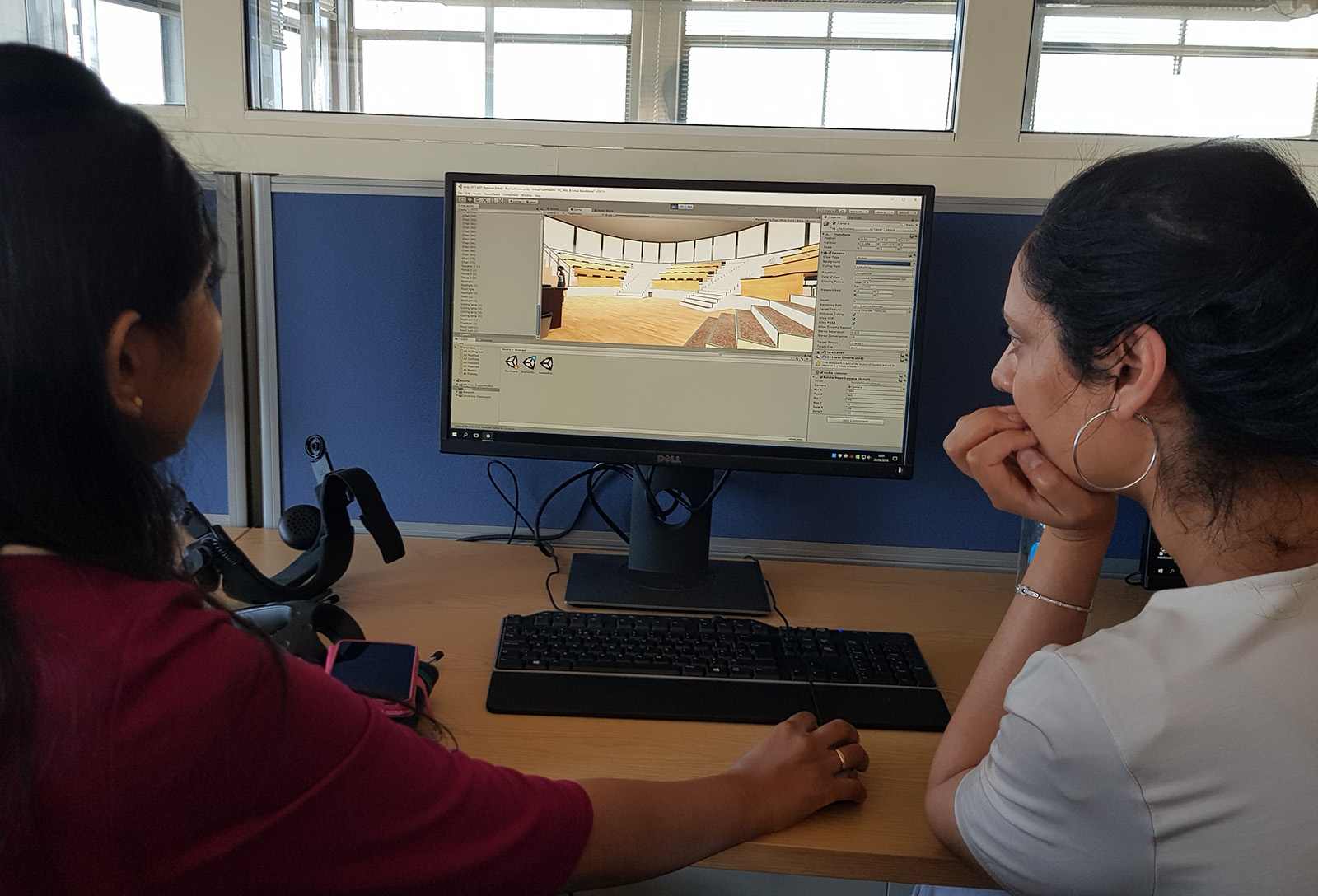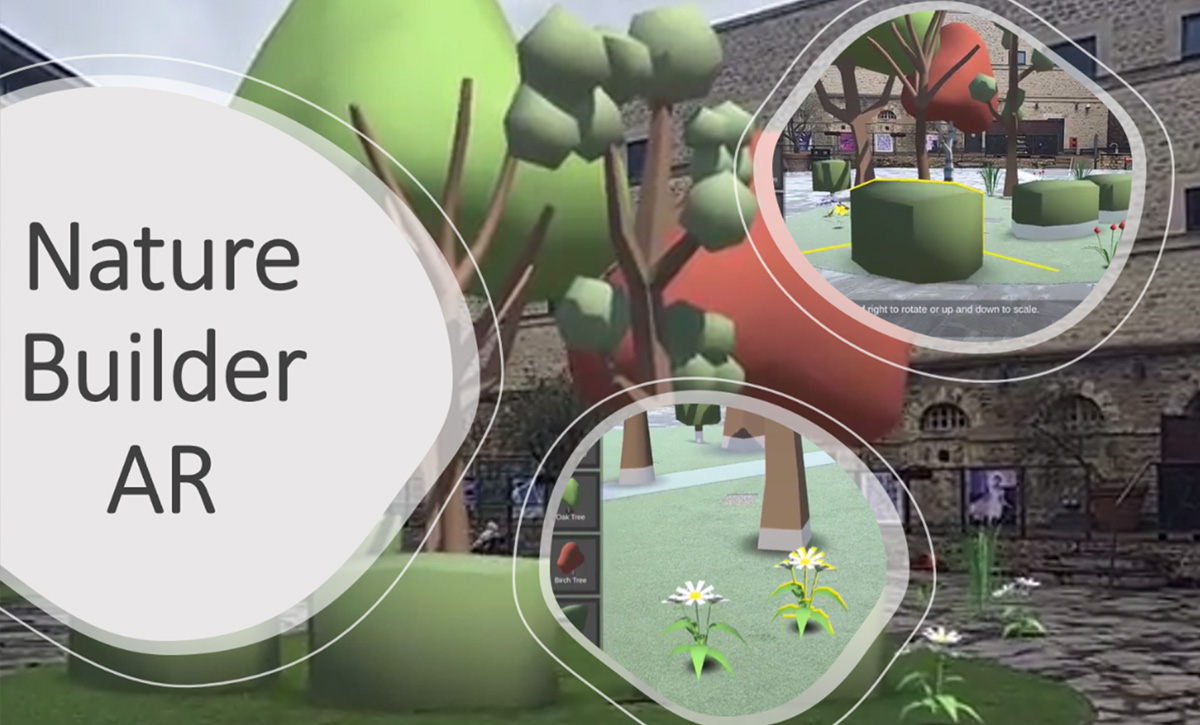EdTech in the Cloud: Development Deep Dive
EdTech in the Cloud: Development Deep Dive

The OXR Hub at the University of Oxford collaborated with researchers, the Oxfordshire Council, MPLS Human-Machine Collaboration and Amazon Web Services to enable students to experience Victorian England.
Overview
Deep dive
The OXR Hub and Oxfordshire County Council have completed a feasibility study aimed towards reducing inequalities in educational attainment. The EdTech in the Cloud project aims to bridge the socioeconomic education gap by exploring how scalable immersive technologies could improve the learning experience in secondary schools.
Underprivileged students are disproportionately affected when studies are interrupted and the quality of education decreases. Lower academic outcomes are often linked to gaps in education or missed learning, a change in school linked to placement moves, and difficulties to focus in class linked to trauma.
Knowledge-based subjects in Key Stage 3 (KS3) are often the most difficult for this cohort. Students living with foster carers or in a residential children’s home are not typically exposed to films, books, or other cultural experiences from which to draw from. When texts or questions involve “cobblestone streets” or another word or term they don’t understand, they often resign from the task or the rest of the text. Explaining does little for retention—without an experience to serve as a reference point, the students cannot retain the meaning or develop an understanding. These key factors led the team to focus on children in care that were pre-GCSE students to expose them to knowledge needed for exam-related questions. Pupils were selected by age—those currently in Key Stage 3. All pupils selected are expected to enter level 2 GCSEs as its cohort.
These types of immersive experiences have even more potential. They can help develop students’ sense of curiosity and empower foster carers. Developing cultural capital and bringing experiences, such as going abroad, traveling by plane, or exploring other cultures can potentially increase confidence and engagement.
Designing the experience
Among our principal concerns, which include learning outcomes, was ensuring the intervention that had a low cost and was accessible.
One of the biggest challenges was creating an accessible app for students who don’t have access to high end VR equipment or a flagship smartphone. As well as this, due to the COVID pandemic we also had to make this run smoothly from home without intervention from the project team to guide them through the experience. We had to make sure the app was designed with intuitive user experience that would run on a large range of devices.
With all this in mind it was quite clear that our app had to be well optimised to run on smartphones that may be a few years old. This also affected the way the students would interact with the scene, we made sure that everything was selectable through ‘glaze selection’ so it was as simple as possible to use. The use of voice-overs would then be able to easily explain how to use the app and guide the student through the experience smoothly.
The time constraints of the project also meant we weren’t able to invest a lot of time into creating 3D models and animated assets. To save as much time as possible during development we used a mixture of paid assets from the Unity Asset Store and focused the small amount of asset creation time we had to create the unique intractable objects that were the main focus of the app.
In the future we will invest more into animating scenes to make them feel more alive. However, what we did create was a great baseline to educate the students on the most important parts of the environment.
The EdTech team decided to use the national curriculum framework and core areas studied at KS3 to produce an immersive experience to support knowledge acquisition in chosen areas. To accomplish this, we had to have a clear understanding of:
- Which target beneficiary that would benefit most from this novel pedagogical approach?
- What are the biggest educational gaps for this target beneficiary?
- What types of content could be integrated into the experience that would also align with the children’s existing syllabus?
- Key learning outcomes that would be beneficial for the learner
To make the app as accessible as possible, we initially built the app for WebVR as we thought this would be the easiest solution for the students to access. However due to performance issues on older devices this turned out to not be as feasible as we first thought. Using Unity allowed us to seamlessly switch from WebVR deployment to native Android/IOS Apps within a few days, and this allowed us to achieve much more reliable performance on older devices. Logging and gathering the data via Amazon Web Services (AWS) made it easy for the development team to react to the needs of the researchers on the project.
The application takes excerpts from Charles Dickens’ Oliver Twist and brings them to life in a VR environment.
The accessible and scalable VR experience

1. A cheap VR cardboard.
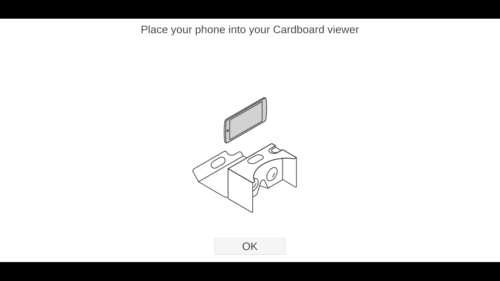
2. Setup is simple with smartphone and cardboard.
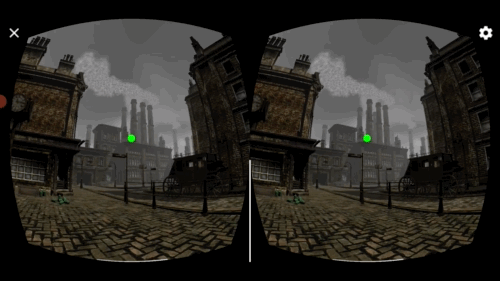
3. Outdoor in Victorian England.
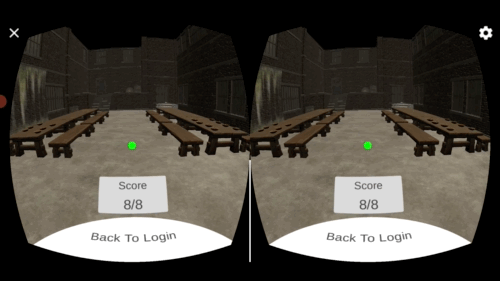
4. Inside a dining hall.
5. Guided by a friendly voice
Click here to download a sample of the escriptive voiceover
Decreasing friction
In addition to creating an accessible experience, the EdTech in the Cloud team developed a strategic communications approach which focused on engaging carers and removing barriers to facilitation. Pre-information was distributed which included introduction videos, information sheets and user-friendly webpages. At the start of the process, every carer for a child within the cohort received email correspondence and a phone call to introduce the project, as well as explain their role and what would be required from the children. The Oxfordshire Council Virtual school liaised with the carers and provided support for carers throughout the project, ranging from technical to encouraging participation from students.
Methodology for assessment
The assessment consists of questions with defined answers (e.g. dates of the Victorian period) and free text answers that are assessed using natural language process (NLP) algorithms.
After the children have gone through the virtual experience, we used the same assessment questions as the pre-assessment questionnaire to determine: the total proportion of children who provided the correct answers relative to baseline and the responses by participant based on their participant ID to determine the proportion of children whose outcomes were unchained.
Remote collaboration and facilitation
What challengs COVID-19 presented to this study? When it came to collaboration and development, stay-at-home orders meant that the whole project had to be done remotely. The team formed remotely and went from 3 to 12 memember in 6 weeks.
What’s next
The EdTech project aims to bridge the socioeconomic education gap by exploring how scalable immersive technologies can improve learning experiences in secondary schools. The project is now moving ahead with applications for further research, seeking a new round of funding, and engaging potential collaborators. The study is being extended to three other schools in the County and aims to reach hundres of students.
Acknowledgment
Funding for the EdTech in the Cloud project was provided by AWS and seed funding from Oxford’s MPLS division. Through this and support from the AWS team, the EdTech team was able to build databases without needing new infrastructure, experiment with web-based virtual reality (VR) platforms and leverage natural language processing (NLP) algorithms.
The app and the team
The app and more information about the team can be found at this link. For more information, contact us.
